Derrick Burry can trace his family heritage back through multiple generations on Greenspond Island off the northeast coast of Newfoundland. On both his mother’s and father’s sides, his family have been seafarers through centuries. In recent times his paternal grandfather was a fisherman, and his father, born in 1931, worked in coastal shipping delivering cargoes around Newfoundland and up into Labrador. Derrick stretched the boat’s length from 14′ to 17′ 6″ and used a borrowed set of three molds to establish the boat’s shape between the stem and transom.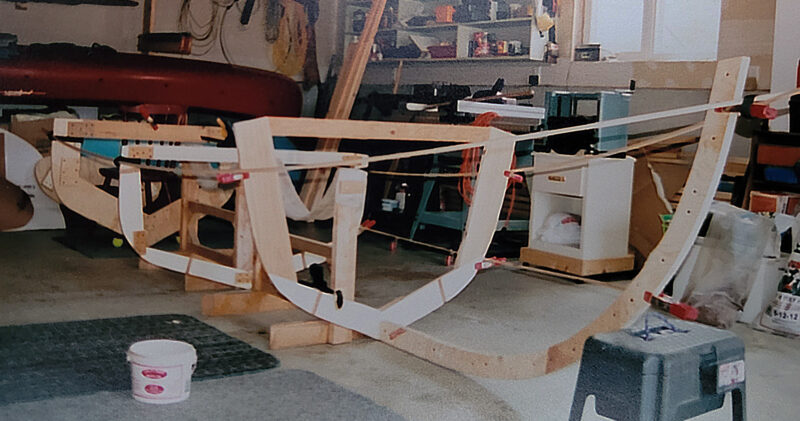 Photographs Derrick Burry collection
Photographs Derrick Burry collection
Join The Conversation
We welcome your comments about this article. If you’d like to include a photo or a video with your comment, please email the file or link.

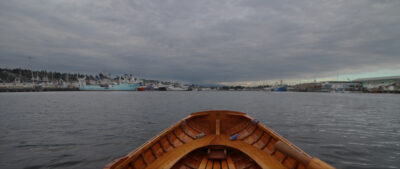

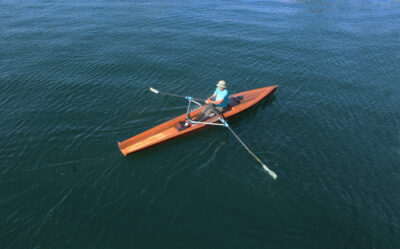
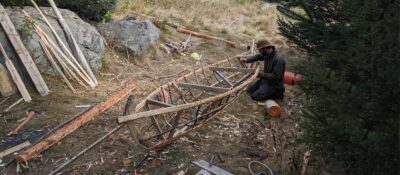
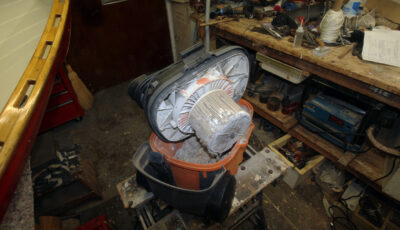
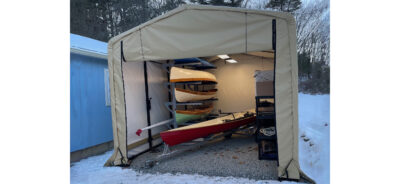
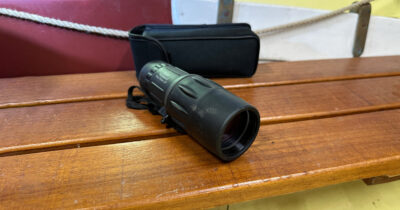
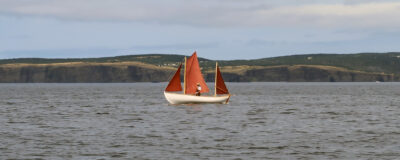
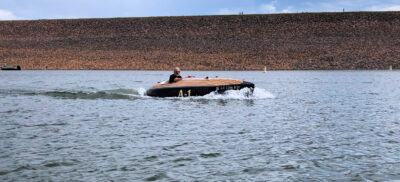
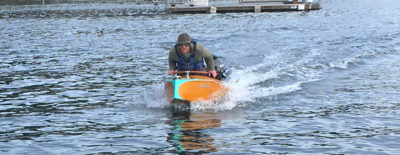
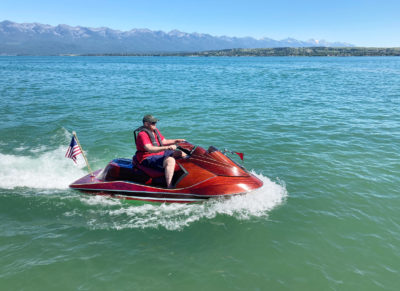
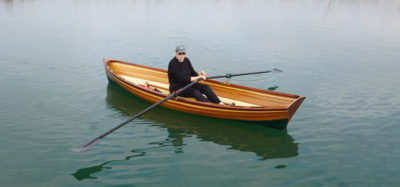
A beautiful boat and a great story. Looks like you changed the tiller style when you added the mizzen, which is understandable. Did it take long for you to adjust to sailing her with the new tiller?
I used the push/pull tiller long before adding the mizzen. The boat trimmed better sitting amidships. It worked out great for me once I added the mizzen as I was already adjusted to this type of tiller. Thank you.
Very nice boat and article. I used to live in Newfoundland, also graduated from MUN (’72 or ’73, can’t remember!). Always admired the Trap boats which were still fairly common for the existing inshore fishery.
This boat reminds me of them even though they usually ranged around 32-36′ and at that time had ‘make-and-break’ inboard foundry engines. The sheer line and the general shape I guess, though the paint too really looks “right.”
Loved seeing your work in the settings of ‘The Rock.’
Thank you!
Chris Latchmen,
Glad you enjoyed the story. Those days of harbours filled with trap skiffs, punts and rodneys are gone forever.
Nice boat, lovely story. You’ve achieved more than just a boat with your build. I’m curious about the motor well, so some questions:
Is the well long enough to tilt the motor up if ever beaching it?
Is leaving the motor “down” the normal sailing mode?
Silver Sailer,
The motor well is just large enough for the motor to sit vertically. I didn’t want too large a hole in the boat that would lead to lessened buoyancy and water turbulence while underway. I always take the motor out of the well whenever I sail or row.
Beautiful work, and looks a dream. Hope you are sailing her for many more years to come!
Thank you. Lots of days planned to sail.